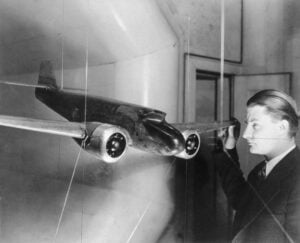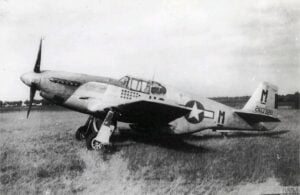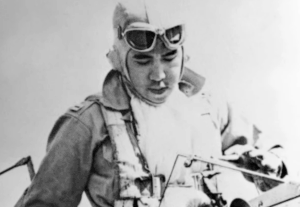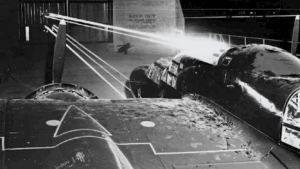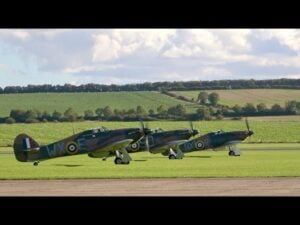The B-17 that flew without a Cockpit
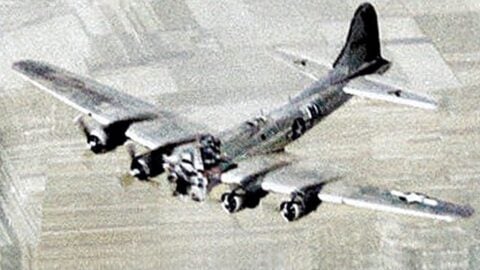
YouTube / FlakAlley
Amid the chaos of World War II, a B-17 Flying Fortress suffered unimaginable damage, its entire cockpit torn clean off in mid-air. By all accounts, the bomber should have plummeted from the sky instantly. But incredibly, it stayed airborne… for more than ten minutes. What happened next defies belief. This is the astonishing true story of the B-17 that flew without a cockpit.
On a Mission
On July 14, 1944, 24-year-old First Lieutenant Ewald Swanson of the 483rd bomb group was the pilot of the B-17G Flying Fortress nicknamed ‘Mizpah.’ Their mission was to strike at the very heart of the German stronghold in Budapest, Hungary.
As the Flying Fortresses entered Hungary, they were bombarded by relentless curtains of thick flak. Mizpah’s tail was shredded, punching holes into the battle-worn wings. Nonetheless, the formation pressed forward towards their target.
Not Going Down Without a Fight
Seconds away from their target, bombardier 2nd lieutenant Kenneth Dodley successfully releases their bombs, and chaos erupts. A flak 88 round lands squarely on the Mizpah’s nose, which causes it to explode, vaporizing the bombardier and the navigator. The center of gravity also shifts to the tail, causing the airplane to pitch up into a vertical position. Astonishingly, First Lieutenant Ewald Swanson regains control of the battered aircraft and re-enters the formation.
Since there was no cockpit or control column left to maneuver the aircraft, under the screaming command of pilot Swanson, the crew began to fly the aircraft by pulling the exposed control cables by hand. Despite a significant part of the Mizpah being lost, this Flying Fortress and its crew refused to go down.
However, over 200 Flak 88 guns still had their sights on the formation. Another explosion rattles the B-17, and their number two engine is destroyed. As the Fortress began to lose power and airspeed, Mizpah and her crew, through sheer will and determination, kept the aircraft airborne. The airplane had also fallen behind the formation. For a perilous 10 minutes, the crew battles the control cables to get as far away as possible.
Blessing in Disguise?
Swanson informs his crew to immediately bail out as he held the aircraft steady. Seven crew members managed to successfully bail out. Swanson, no longer able to hold the Flying Fortress, pitches up, trapping Swanson inside the fuselage.
He grabs the parachute, keeping it close to him as he waits for the aircraft to stall out. As the Fortress comes to a standstill, Swanson takes the opportunity to bail out. However, just as he does, his chute catches the torn metal of the cockpit, ripping the fabric.
This was a blessing in disguise, however, because if the fabric hadn’t torn, he would have gone down with the ship, pinned with centrifugal forces. The young pilot was violently flung back, momentarily losing consciousness, falling out of the sky from 20,000 ft.
60 Seconds to Impact
When he opened his eyes, Swanson was seconds away from hitting the ground. He immediately opens his parachute, but it isn’t slowing him down enough for a safe landing. By sheer luck, he spots what he believes to be an enemy POW camp in the middle of a dense forest. He positions himself on top of the trees of the camp, hoping it would break his fall.
Several seconds later, he crashes into a dense treetop. Swanson suffered a broken left leg along with deep tissue cuts, but he survived the landing. German medics of the POW camp rushed to the scene and administered life-saving first aid to the young pilot.
The entire crew of his B-17, who managed to bail out, also survived and were captured nearby. The crew would endure nine long months before being liberated on April 30, 1945. Ewald Swanson’s bravery that day would earn him the prestigious rank of Lieutenant Colonel before his retirement from the United States Air Force.














